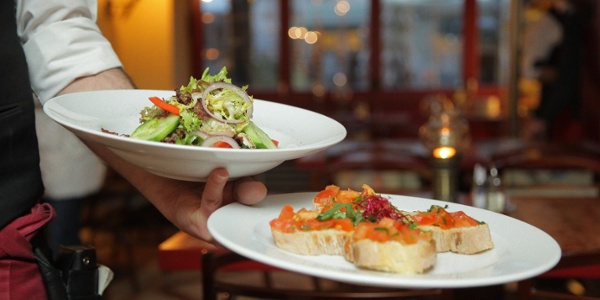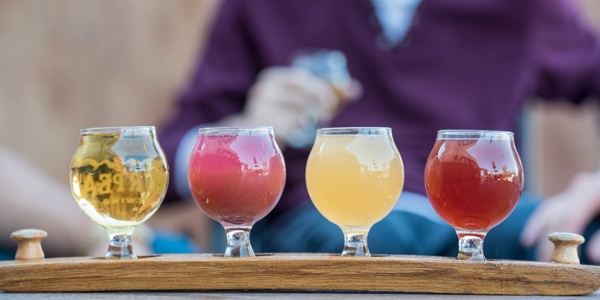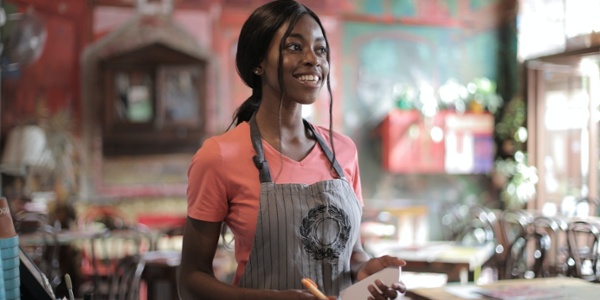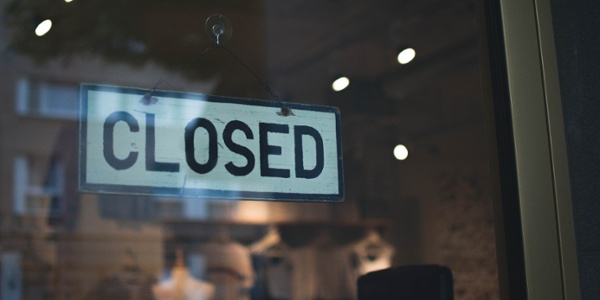However, as we saw with the COVID-19 pandemic, it’s only a matter of time until your restaurant can open its doors again (if you haven’t already done so). You’ll need to take some extra precautions that protect the health of both your employees and customers.
To successfully reopen your restaurant following a pandemic, you’ll need to do a few things that are completely unique to the situation. We have listed a few tips here:
1 - Put employee and customer safety first
The safety of your employees and customers comes first. When reopening following a pandemic, make sure you follow the advice of your local health department - such as the CDC in the US. Measures you might need to implement could include anything from putting up safety posters and guidelines throughout your restaurant, wearing PPE equipment, setting up sanitization stations, investing in disposable menus, not accepting cash and much more.
2 - Train your staff online before going back to work
A pandemic will result in changes to industry standards and regulations, and that means you need to change the way your company operates. Before opening your restaurant again and heading back to work, make sure your employees are fully updated on how they need to change the way they work. Provide employees with online training sessions to ensure they follow these new policies and guidelines.
3 - Limit the number of customers coming into your restaurant
It may sound counterintuitive to profit, but following a health pandemic it’s important that you limit the number of customers that are coming into your restaurant. Not only will this ensure viruses cannot be spread between customers, it also helps you slowly work your way back up to full capacity after a few months of being shut. This will ensure that not only is your inventory management on track, but that customers are reassured by the approach you are taking.
4 - Reopen with a safety surcharge
Are you worried about making little profit due to affected supply chains ramping up the cost of inventory? Implementing a safety surcharge is one possible solution. By simply charging your customers slightly more on each meal, whether by increasing menu costs or naming it as a surcharge for extra expenses, it’s possible for your restaurant to make that money back. However, how effective this is will depend on your diners. You don’t want to frustrate customers and receive a torrent of bad feedback that impacts the future of your business.
Read More...

-1.png?width=600&name=Untitled%20design(11)-1.png)







